Table of Contents
In the intricate dance of diabetes, nocturnal hypoglycemia is a partner that can’t be ignored. This begins when your blood sugar drops too low in the middle of the night. But what is it exactly, and can you die from low blood sugar in your sleep?
This article will unravel nocturnal hypoglycemia symptoms and what actually happens before you wake up. Plus, we’ll equip you with strategies to prevent nocturnal hypoglycemia overnight if you’re diabetic. Let’s explore for a night of uninterrupted sleep!
Understanding nocturnal hypoglycemia
During the day, your blood glucose levels may rise and fall, and this is normal. Hypoglycemia is when it drops to an unhealthy low level—typically below 70 mg/dL, or 3.9 mmol/L (1, 2).
Imagine your blood sugar descends to alarming lows while you’re in dreamland at 3 am. Sometimes it can make your heart beat irregularly at night (2, 3). It’s a real nighttime drama called nocturnal hypoglycemia.
Unfortunately, more than half of all severe hypoglycemia episodes happen during sleep. This can pose a significant threat, like seizures, coma, and even heart problems. All of them can affect your performance the next day (3, 4, 5).
This is mostly caused by taking too much insulin or other diabetes medications (sulfonylurea or glinide) when you have diabetes, especially type one diabetes. The underlying factor is low BMI and the hormone insulin (5, 6).
Low blood glucose is sometimes called an insulin reaction or insulin shock (7). Insulin helps your cells absorb glucose from your blood, thus reducing blood glucose levels (6, 8).
In diabetics who use insulin, high blood sugar in the morning can happen due to the Somogyi effect theory. This happens when people take too much insulin the night before, resulting in low blood sugar.
In this case, your body produces hormones that cause the liver to release some extra glucose to balance it, leading to a morning high blood sugar (9). While there are some facts to support this theory, it has also been counter-argued (10).
Although rare, even some tumors can cause hypoglycemia. Insulinoma, a tumor in the pancreas (where insulin is produced), can drive your body to produce too much insulin (11).
If you have other liver, kidney, brain, or heart diseases, you are also more prone to experience low blood sugar at night. This is because of hormone imbalances in these organs (1).
Hypoglycemia is when your blood sugar descends below 70 mg/dL which can pose a severe threat to your body. If this happens while you’re asleep, it is called nocturnal hypoglycemia. This condition is mostly because increased insulin causes low blood sugar levels.
Nocturnal hypoglycemia symptoms: The midnight alarm
To understand and predict nighttime hypoglycemia, it’s important to be aware of hypoglycemia during the day.
The only sure way to know your condition is to check your blood glucose levels, if possible. It would be useful to track it from 3 am to 5 am (7, 9). Otherwise, notable signs of mild hypoglycemia encompass (2, 7):
- Looking pale
- Shaking, jittering, or sweating
- Racing heart rate
- Feeling hungry and tired
These symptoms are unpleasant yet useful as they tell you to act to bring your blood glucose back to a safe level. More notable symptoms begin at blood glucose levels lower than 54 mg/dL (2, 12):
- Being lightheaded, confused, or trembling
- Tingling or numbness
- Having blurred or double vision
- Having slurred speech and anxiety
- Being argumentative or combative
- Changing behavior or personality
Prolonged untreated hypoglycemia that continues to drop below 50 mg/dL is considered extremely dangerous. At this point, some can’t eat or drink anything. The risk of seizures, unconsciousness, and even death increases (1, 2).
If you suspect your condition, don’t hesitate to call a healthcare provider for a proper diagnosis. This is important, as your daytime cues can help predict the risk of hypoglycemia at night.
No matter which levels your blood sugar drops to, notice these warning nocturnal hypoglycemia symptoms (3, 4):
- Sleeping restlessly and irritably
- Having nightmares or crying out
- Changes in breathing and heartbeat
- Waking up with a headache
- Waking up in a shake or tremor
- Waking up with hot, clammy, or sweaty skin
It’s impossible to be conscious when these symptom patterns take place, so it’s best to ask your roommate, partner, or family members to keep an eye out for any signs.
You can monitor your risk of nighttime hypoglycemia by noticing the symptoms during daylight hours. Some most common symptoms are shaking, sweating, jittering, or confusion. At night, ask others to notice you in restless sleep and observe your performance when getting up.
Can you die from low blood sugar in your sleep?
On a somber note, it’s possible to die from low blood sugar while sleeping, although it’s rare. This is called “dead-in-bed syndrome,” and it usually affects the young with type 1 diabetes, often with low BMI (6, 13).
The “dead-in-bed” syndrome causes 5-6% of deaths in people with type 1 diabetes, which is 2-6 cases per 10,000 patient-years (14).
If your blood sugar gets too low and you don’t wake up, your body can’t make enough glucose to keep your organs working right. The fact that you can’t notice it when you sleep adds to the difficulty.
What happens if blood sugar gets too low while sleeping?
When you’re sleeping, your blood sugar can sometimes go too low. If this happens, your liver can break down stored glycogen into glucose to regain a balanced level.
But if you have type 1 diabetes, low blood sugar can be caused if you take too much insulin, don’t eat enough carbohydrates, or exercise too much (15). Moreover, when you are asleep, your body is less able to respond to low blood sugar. Severely low blood glucose can cause serious complications, including passing out or death (1, 3).
If low blood sugar episodes happen at night often and are not treated, it may put you at risk for some medical problems, such as:
- Cognitive impairment: As blood sugar continues to drop, it impairs performance in almost all aspects of executive function (16, 17).
- Abnormal heart rhythms: Hypoglycemia can cause arrhythmias, including slowed heart rate and extra beats, which can be an emergency. The racing heart is also one of the nighttime hypoglycemia symptoms (3).
- High blood glucose: If fear of low blood glucose at night prevents you from taking the medicines (ie. insulin) you need, or you start eating sugary foods to raise your blood glucose suddenly, this can worsen your condition (1).
Hypoglycemia unawareness (HU): HU is when your body and brain no longer produce signals that warn of low blood sugar until it gets really bad. HU occurs in up to 40% of patients with type 1 diabetes (T1DM). Increases the risk of severe, life-threatening issues (18).
Hypoglycemia at night: What people with diabetes should know?
A large study of people in 24 countries who take insulin for at least a year found that 83% of type 1 diabetics reported having hypoglycemia (19). It can be more severe if the patients are age 65 or older (20).
In the same study, people with type 1 diabetes have an average of about 11.3 nocturnal hypoglycemia events each year. The number of events per year is 3.7 for type 2 diabetics.
If you are diabetic, especially a type 1 diabetic, it’s always best to prevent your blood sugar from dropping too low at night (1). Be prepared!
Firstly, reach out to your healthcare provider for medical advice. They can tell you why it happened and how to avoid it in the future.
Preparing emergency glucagon kit
It’s optimal to prepare a glucagon kit for emergency cases. Glucagon is a hormone from the pancreas that triggers your liver to release stored sugar into your blood when your blood sugar is too low (7).
This emergency kit contains glucagon that can be injected in case you can’t be woken up. Your friends or family should be trained on how to use this in case you can not give it to yourself.
Glucagon should be injected into the buttock, arm, or thigh as instructed in the kit. Some kits are even inhalable: putting them near the patient’s nose. If you are taking care of someone and they are unconscious, use their emergency glucagon kit. The person may feel sick, sweat, and throw up when they wake up, usually in 5-15 minutes (1).
Keep a close watch on their blood sugar by using a home test kit every few hours. After giving the injection, notify the person’s doctor.
If there is no kit available, call 911. If the person is not breathing and does not have a pulse, start performing CPR. Don’t put anything into their mouth if they are unconscious.
Mastering the 15-15 rule
In the less severe case, when you are still awake, and your blood glucose level drops to lower than 70 mg/dL, use the “15-15 rule” to raise your low blood glucose level (1, 7):
undefinedundefinedundefinedundefined
After your blood glucose is back to normal, eat a meal or snack to quickly keep it from lowering again. It’s worth noting that eating until you feel better may result in eating too much and can make your blood glucose go too high. Take your pick from:
- 1/2 cup of juice or 1/2 can of regular soda (not diet soda that just contains artificial sweeteners)
- 1 tablespoon of honey, sugar, or corn syrup
- Hard candies, jellybeans, juice, or gumdrops—check the food label to decide how many to consume
- Glucose paste, tablets, or gel tube (read instructions carefully)
Note that in young children, the amount of carbs needed varies. Infants may need 6 grams, toddlers may need 8 grams, and small children may need 10 grams.
The carbohydrate source is also important. Complex carbs are normally healthy, but not in this emergency case, as your body takes time to digest them.
After that, the patients should eat a regular meal and track their blood sugar every few hours, employing a home test kit.
Beyond quick fixes
To avoid hypoglycemia at night in the future, talk to a healthcare professional for long-term treatment. It will require identifying and treating the root cause of hypoglycemia (7).
It’s always best to maintain a healthy lifestyle, including a nourishing diet and regular exercise in any case of blood sugar changes.
The risk of nocturnal hypoglycemia in diabetics is significant, and you should prepare an emergency glucagon kit for the most severe cases. In mild cases, it’s ideal to follow the 15-15 rule. Remember that prevention is always easier than treatment, so follow your doctor’s recommendations to prevent hypoglycemia.
How to prevent low blood sugar overnight? Helpful tips
Nocturnal hypoglycemia is often related to diabetes. Yet non-diabetics may also be at risk, such as those with carbohydrate sensitivities or hormone deficiencies.
Those who have undergone gastric bypass surgery, drink too much alcohol, engage in excessive exercise, or have critical illnesses are also put at risk.
Here we recommend some strategies to ward it off early on.
Eat a balanced diet
Low blood sugar can come together with malnutrition and starvation. When you don’t get enough food, the stored glycogen breaks it down to create more glucose for energy (1).
If glycogen is used up and you don’t eat enough carbohydrates, your blood sugar levels will take a plunge (7). So for diabetics, it is important never to skip or delay a meal, especially a dinner.
Moreover, be careful that the meal you eat has the right balance of fat, protein, or fiber. These can affect how quickly carbohydrates are absorbed (7).
Plus, try to steer clear of drinking alcohol before bed. Alcohol intake will raise your insulin level. Thus it becomes harder for your body to keep your blood glucose level steady (21).
Alcohol can also keep you from feeling the first symptoms of low blood glucose, which can lead to severe symptoms at night and even the next day (1, 22).
Control physical activity
Obviously, exercising regularly is good. Yet be cautious of going far beyond your normal routine.
In a study, almost half of the children with type 1 diabetes who exercised for an hour during the day had a low blood glucose reaction overnight (7, 23).
Physical activity can lower your blood glucose during the activity and for hours afterward. You may need to check your blood glucose before, during, and after physical activity to prevent low blood glucose at night (1).
It’s best to find an exercise routine and time for your condition based on consultation with your medical provider.
Choose medications wisely
As insulin increase is a common cause of nocturnal hypoglycemia, you should talk to your doctor about adjusting your medication dosage when you have both diabetes and low blood sugar symptoms (1).
Some diabetes medicines slow down the digestion of carbs to keep blood glucose levels from rising too high after you eat, especially in children or in people with kidney failure. One example is quinine (Qualaquin), used to treat malaria (24, 25).
Also, never ignore your body injuries and infections. Severe liver and kidney disease can also contribute to hypoglycemia. Kidney disorders can keep your body from properly eliminating medications. This can prompt a buildup of medications that lower blood sugar levels (26, 27).
Monitor your blood glucose
To measure your blood glucose level, you can opt for a blood glucose meter. Check your blood sugar level before bed. If it is close to 70 mg/dL, eat some carbohydrates. The slow-acting complex carbs are more useful in this case.
If you often have low blood glucose or hypoglycemia unawareness, you may want to consider a continuous glucose monitor (CGM) and talk to your provider (28).
CGM is a small device with a tiny sensor implanted under your skin, usually on your belly or arm. This device measures your blood sugar levels every few minutes. You can also configure the device to alert you if your levels are too high or too low (1).
This alarm is loud enough that a person will wake up if nocturnal hypoglycemia occurs (1). However, some devices may also give false alarms, so be careful when choosing what to buy (4).
Scientists have also developed a more advanced approach using an insulin pump (for type 1 diabetics) plus Predictive Low Glucose Suspend (PLGS) algorithms. These algorithms predict if your blood glucose level will fall below a threshold and will suspend the insulin pump (12).
In short, this system can supply diabetics with enough insulin levels without the side effect of dropping blood sugar levels in common insulin drugs (29).
The PLGS system can be used safely and easily at home. The early results are promising: a program has reduced nighttime low blood sugar levels by almost half (12). This can make life so much easier and safer for people with diabetes.
Have a medical ID
If you have diabetes and use insulin, it’s a good idea to carry a medical ID with you all the time. This can be really important in an emergency.
The ID tells medical personnel important information about your health, like if you have diabetes, if you use insulin, or if you have any allergies. Medical IDs usually go on your wrist or neck.
Old ones have basic health info etched on them, but new ones can have a USB drive with all your medical records on them (7).
It’s wise to check your blood sugar level before bedtime. Continuous glucose monitors (CGMs) can alert you of low blood sugar levels, even during sleep. An advanced approach using an insulin pump and predictive algorithms may work to prevent low blood sugar levels in diabetics easily.
What should blood sugar be at 3 am?
If your blood sugar level is 99 mg/dL or lower at 3 am (after an overnight fast), that’s normal. If it’s between 100 and 125 mg/dL, you might have prediabetes. If your level is 126 mg/dL or higher, you might have diabetes.
How to keep blood sugar stable overnight?
You should maintain a balanced lifestyle with healthy foods and regular exercises (but not too intense for you) and consult with your doctor carefully to monitor your medications (if any). Bedtime snacks are also important for diabetes.
What is the sudden death of a diabetic?
Sudden cardiac death is a common cause of death for people with Type 2 diabetes. This is usually caused by a heart attack. The patient may have clogged arteries, unstable plaques, or electrical problems with their heart that cause it to stop beating.
Can you have a diabetic seizure while sleeping?
Yes, and in fact, 75% of diabetic seizures happen at night. This is because people with type-1 diabetes usually don’t feel warning signs of low blood sugar at night and thus are unable to treat low blood sugar when asleep.
What are the warning signs of a diabetic coma?
Symptoms of diabetic coma vary depending on the type of diabetes. No single symptom is unique to it. However, if you often have sudden fatigue, shaking, rapid breathing, or hunger, you should be more careful.
Summary
Nocturnal hypoglycemia, or low blood sugar at night, can be a serious condition for diabetics and, in rare cases, people with other health problems. This common issue can be fatal, so take these aspects into account:
- It’s vital to listen to your body for daytime hypoglycemia cues to prevent it at night. Common nocturnal hypoglycemia symptoms include sleeping restlessly and experiencing a shake or tremor when you wake up.
- People with diabetes should be informed of some treatment techniques when their blood sugar becomes too low. Common tips are preparing themselves with emergency glucagon kits and following the 15-15 rule.
- To prevent low blood sugar overnight, try to start a healthy lifestyle with a mindful diet, moderate exercise, and enough sleep. Other tips are to choose the supportive device and medications wisely.
If you’re concerned about your risk of nocturnal hypoglycemia, talk to your doctor directly for medical advice.








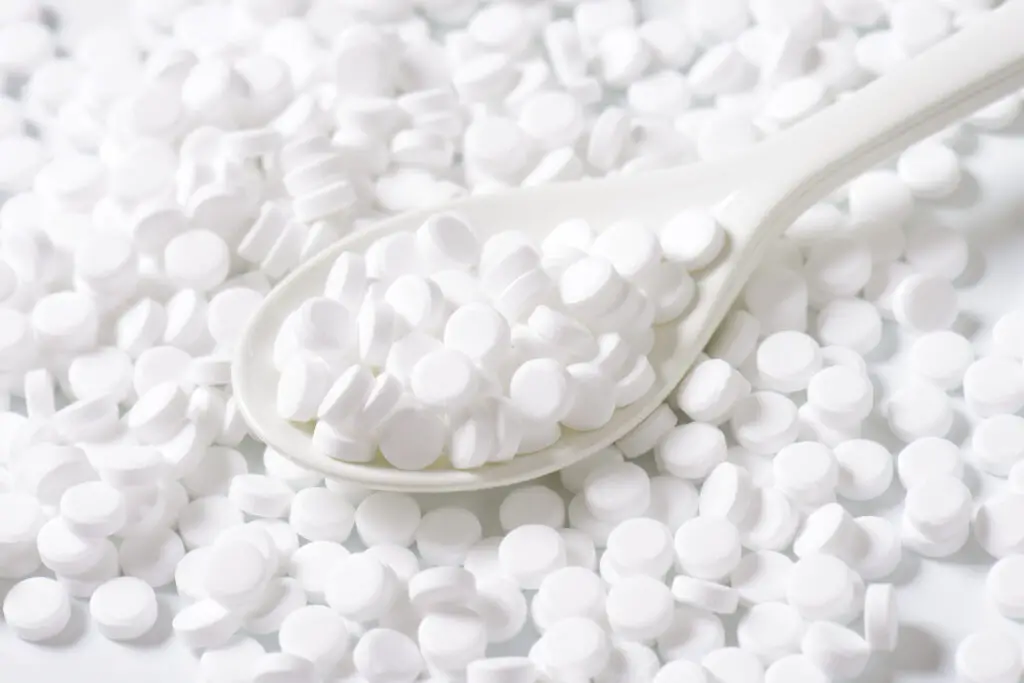
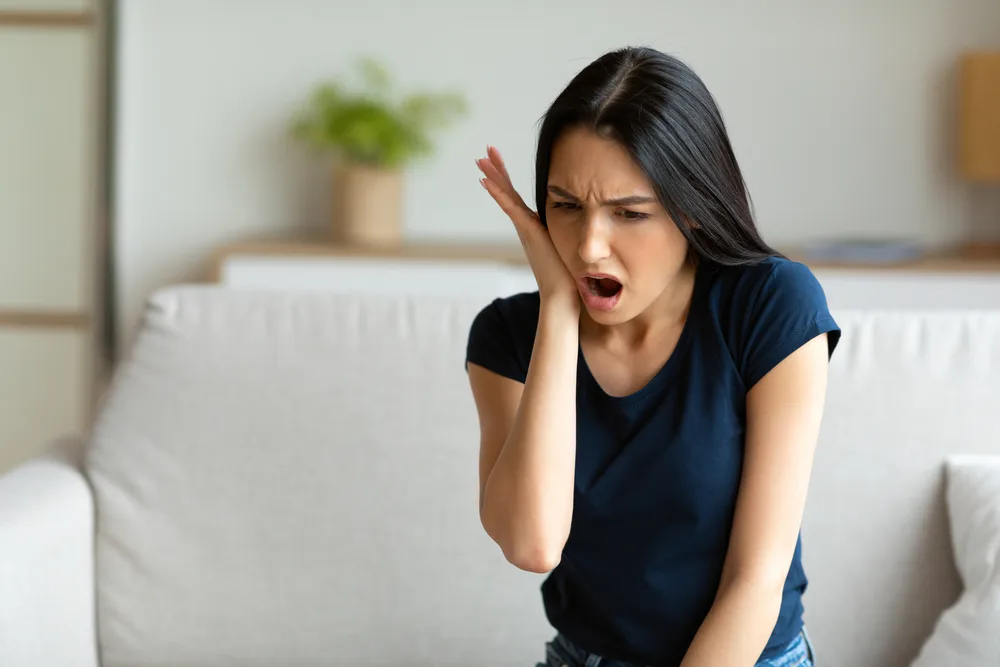

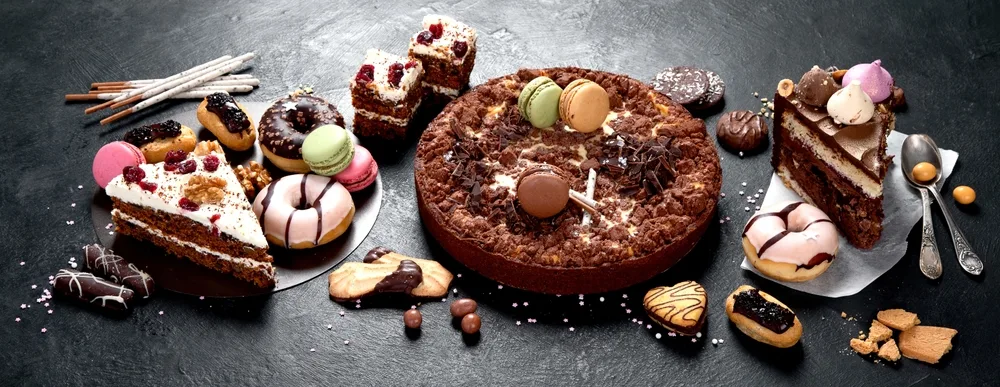


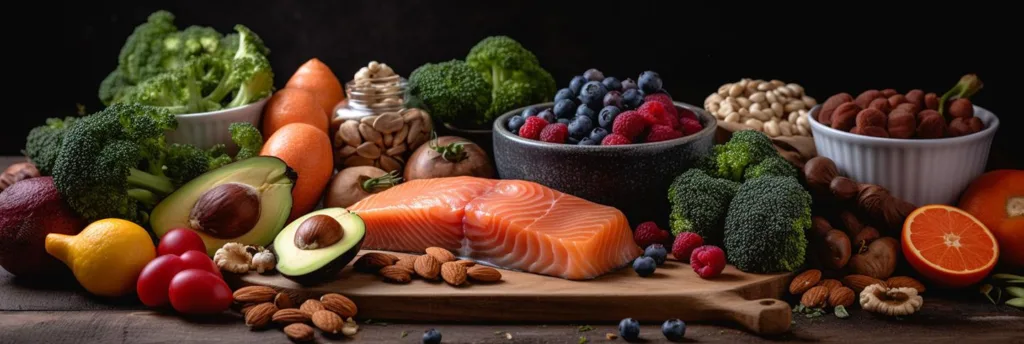

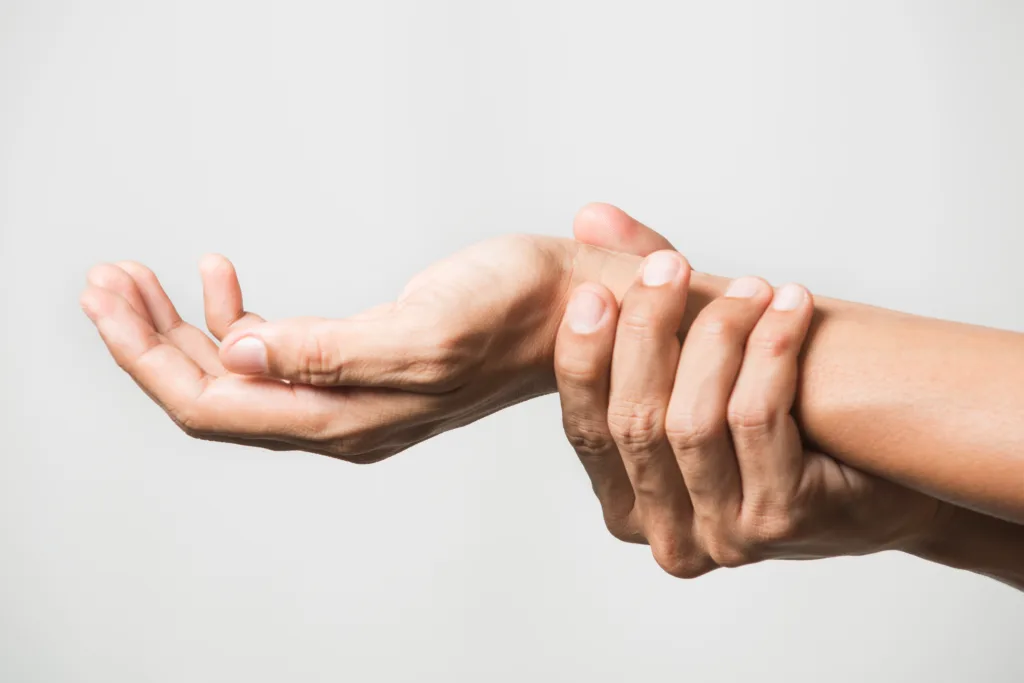
Comments
0